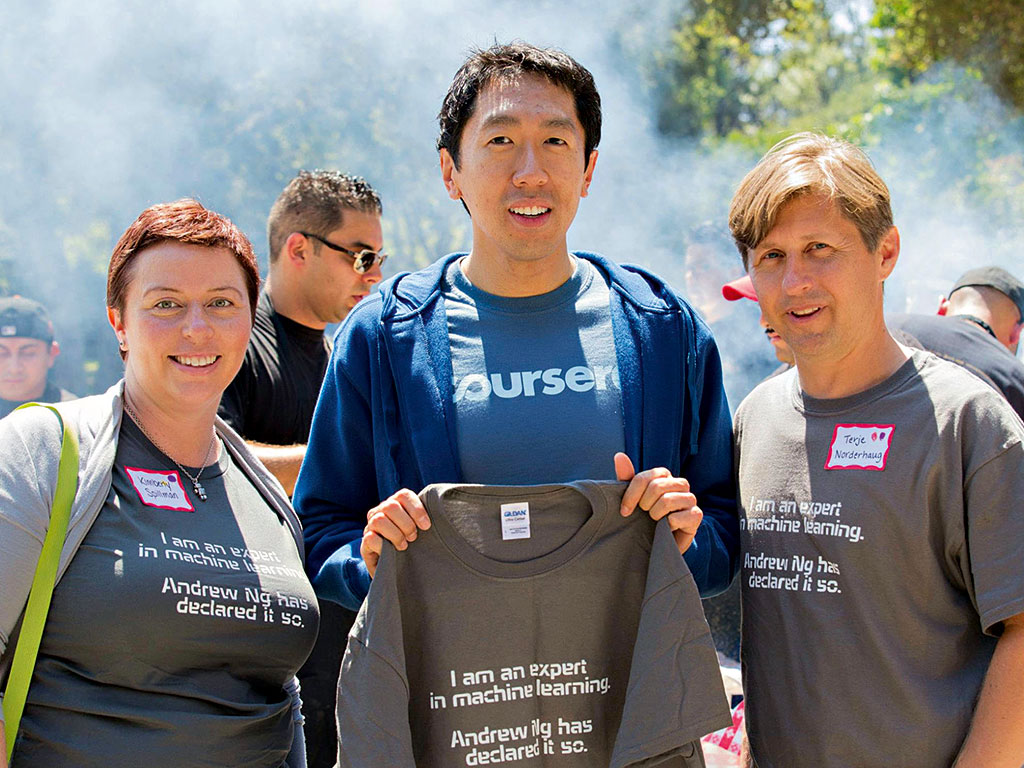Nuclear power once promised almost limitless energy to an increasingly industrialised planet. At a time when the grime and smog from the coal and oil industries had become almost intolerable in the developed world, nuclear power proved attractive because it spewed relatively little in the way of carbon emissions into the atmosphere.
Unfortunately, a series of catastrophes severely damaged the industry’s reputation, leading many governments to turn their backs on what was seen as a costly and potentially lethal source of energy. Ever since the Chernobyl disaster in 1986, countries throughout the world have been reticent about relying on nuclear power, instead returning to fossil fuels while desperately trying to find an efficient and scalable form of renewable energy. Made unattractive by the comparatively high cost of regulation, as well as the mushroom-cloud-shaped risk, nuclear power has taken a backseat. These concerns were exacerbated in 2011 when the Fukushima disaster struck Japan.
However, the nuclear power industry might be about to enjoy a resurgence thanks to a number of technological breakthroughs. These innovations, scientists claim, will dramatically reduce both the cost and the potential risk of nuclear power reactors. But is the world ready to embrace an energy source that has done such shocking damage in the past?
Reactors under construction
30
In China
10
In Russia
6
In India
The nuclear power industry has been fraught with devastating disasters that have prevented it from becoming the ubiquitous energy source many had hoped it would be by now. In 1979, the Three Mile Island accident in Pennsylvania marked the worst nuclear accident to hit the US. Seven years later, Chernobyl would suffer by far the worst disaster in the world, causing a 19-mile exclusion zone to be formed around the site, and serious damage to be done to the health of people and livestock across Europe. It was this disaster in particular that ultimately led to the reassessment of the nuclear energy industry as a whole.
The financial cost of the nuclear industry is a particularly contentious subject, but proponents of the technology claim it is far more economically efficient than their opponents make out. While the capital costs of nuclear power stations are especially high, they require less in the way of long-term fuel and external expenses. In particular, they have a far smaller impact in terms of greenhouse gases than fossil fuel plants.
Conflicting opinions
Different countries have differing opinions on nuclear power. While France has enthusiastically embraced the technology, getting approval for new nuclear power plants in the UK has been a particularly difficult task. In Germany, Chancellor Angela Merkel announced plans to dramatically scale back the country’s reliance on nuclear power in 2011. This was in light of the Fukushima disaster, but was also a longer-term consequence of the country’s exposure to Chernobyl. Germany had already announced a nuclear phase-out in 2000, but this was sped up after Fukushima, with a new target of 2022 being announced for the total closure of all nuclear power stations. Other countries have announced similar plans over the last two decades, including Belgium, Spain, Italy and Austria. Many others have explicitly stated their opposition to nuclear power, including Israel, Norway, Greece, Malaysia and Australia.
But while the dangers of nuclear power are widely discussed, there has been a surprising shift in the thinking of many environmentalists regarding its benefits. A few have reversed their opposition to nuclear power, hailing it as a necessary tool in the bid to bring down global emissions and end humanity’s dependence on fossil fuels. This comes at a time when renewable energy sources, such as solar and wind, have yet to be successfully scaled up to meet the energy demands of the modern world. With the need to address carbon emissions targets becoming increasingly desperate, many former opponents of nuclear power are reassessing its potential advantages.
According to a study by research firm the Breakthrough Institute, the nuclear energy industry is at a crossroads. Its report How to Make Nuclear Cheap notes nuclear “supplies a substantial share of electricity in many developed economies – 19 percent in the United States, 29 percent in South Korea, 43 percent in Sweden, 82 percent in France – but these figures may decline as reactors built in the 1960s, 1970s and 1980s retire. Meanwhile, developing countries are increasingly turning to nuclear to meet rapidly growing energy demand and to reduce pollution. China is currently building 30 reactors and has plans for dozens more; 10 are under construction in Russia, six in India. Nevertheless, fossil fuels remain dominant worldwide, with coal the reigning king and natural gas production booming. The central challenge for nuclear energy, if it is to become a greater portion of the global electricity mix, is to become much cheaper.”
The institute argues rising costs within the nuclear industry have been caused by the relatively high cost of building new nuclear plants, and this is in large part due to extremely strict building, environmental and safety regulations.
Small nuclear devices
In October, US aerospace giant Lockheed Martin announced it had made a technological breakthrough that would enable nuclear reactors to be built small enough to fit on the back of a truck. The advantages of this are numerous, with cost reduction and flexibility being the most prominent. Developed at the company’s Skunk Works division over the last four years, the small reactors will potentially offer 100MW of power and will be 10 times smaller than existing reactors. It is hoped the first of these smaller reactors will be ready to use in only 10 years.
With testing being carried out over the next year and prototypes hopefully being built within five, Lockheed Martin believes it may have finally cracked an area of the industry that has eluded scientists for many years: nuclear fusion. The head of the project, Tom McGuire, told reporters he felt the work could “make a big difference on the energy front”.
If the work is successful, it will allow for compact nuclear fusion to produce far more energy than alternative sources such as coal, with considerably less waste. By using extremely dense deuterium-tritium fuel, it is thought that almost 10 million times the amount of energy of typical fossil fuels can be generated. Just one reactor would be enough to power a town of around 100,000 people.
While the compact fusion generators could be daisy-chained to create larger nuclear plants, the ‘high beta fusion reactor’ would also potentially allow for deep space exploration. They could also be built far more quickly than larger reactors, and at much lower costs than larger projects.
However, some scientists are sceptical about the potential of Lockheed’s claims. MIT Professor of Nuclear Science and Engineering Ian Hutchinson told MIT Technology Review such technology had been studied for a long time already, but had not proven successful: “Based on that, as far as I can tell, they aren’t paying attention to the basic physics of magnetic-confinement fusion energy. And so I’m highly sceptical that they have anything interesting to offer. It seems purely speculative, as if someone has drawn a cartoon and said they are going to fly to Mars with it.
“Of course we’d be delighted if a real breakthrough were possible, but when someone who shows no evidence of understanding the issues makes a bold claim that they will just make a small device and therefore it will be quicker [to develop], we say, ‘Why do they think they can do that?’ And when they have no answers, we are highly sceptical.”
McGuire has maintained that his team’s work is merely a small, positive step towards an ideal outcome, rather than a revolutionary breakthrough. He told Aviation Week in October: “We’re not promising that we have made the jump across the divide. We are being honest about where we are. We have made some steps forward, and there is still a lot of work to do, step by step in measured progress.”
Daisy chains
The UK’s former Environment Secretary, Owen Paterson, has enthusiastically supported the idea of daisy-chaining small nuclear reactors. He told the UK Government’s Climate Change Committee in October that daisy-chaining smaller reactors could power entire cities. Currently, nuclear power stations tend to take the form of huge plants that cost many billions to build. In the UK, the planned Hinkley Point plant in Somerset is set to cost around £25bn. Smaller reactors could be lumped together, and easily replaced at a lower cost.
Paterson said such projects had been successfully running in the UK for a number of decades: “Nine have been working on and off without incident and the technology is proven. Factory-built units, at the rate of one a month, could add to the capacity at a rate of 1.8GW per year.”
Responding to his speech, the committee said such reactors might have a role in the future, but there remained “large uncertainties over price and public acceptability”. Echoing these sentiments was the government’s current Energy Minister, Matt Hancock, who told reporters: “Small modular reactors have huge potential, but the technology is at an early stage. I want us to do the work to make the most of that potential.”
Greater challenges
The Breakthrough Institute stresses the nuclear power industry needs to focus on commercialisation if it is to gain the trust of the world. Choices must be flexible, and not solely focused on one form of technology over another. Its report breathlessly explains: “A broad commitment to accelerate nuclear innovation, to support multiple pathways to new nuclear technologies that are cheaper and safer, and to avoid foreclosing pathways that may ultimately prove fruitful [are] not inconsistent with the imperative to bring substantial discernment to those efforts. Indeed, clarity as to which technological pathways offer a likely route to the broad commercialisation of nuclear technologies that are substantially safer and cheaper will be necessary to ensure that limited public resources are allocated wisely and that new institutional and regulatory arrangements are well suited to support these efforts.”
The industry will certainly face greater challenges, but nuclear power clearly has the potential to wean the world off damaging fossil fuels – it just needs scientists to ensure that it is both safe and cost-efficient. And if Lockheed is right, then that day might come sooner than expected.



